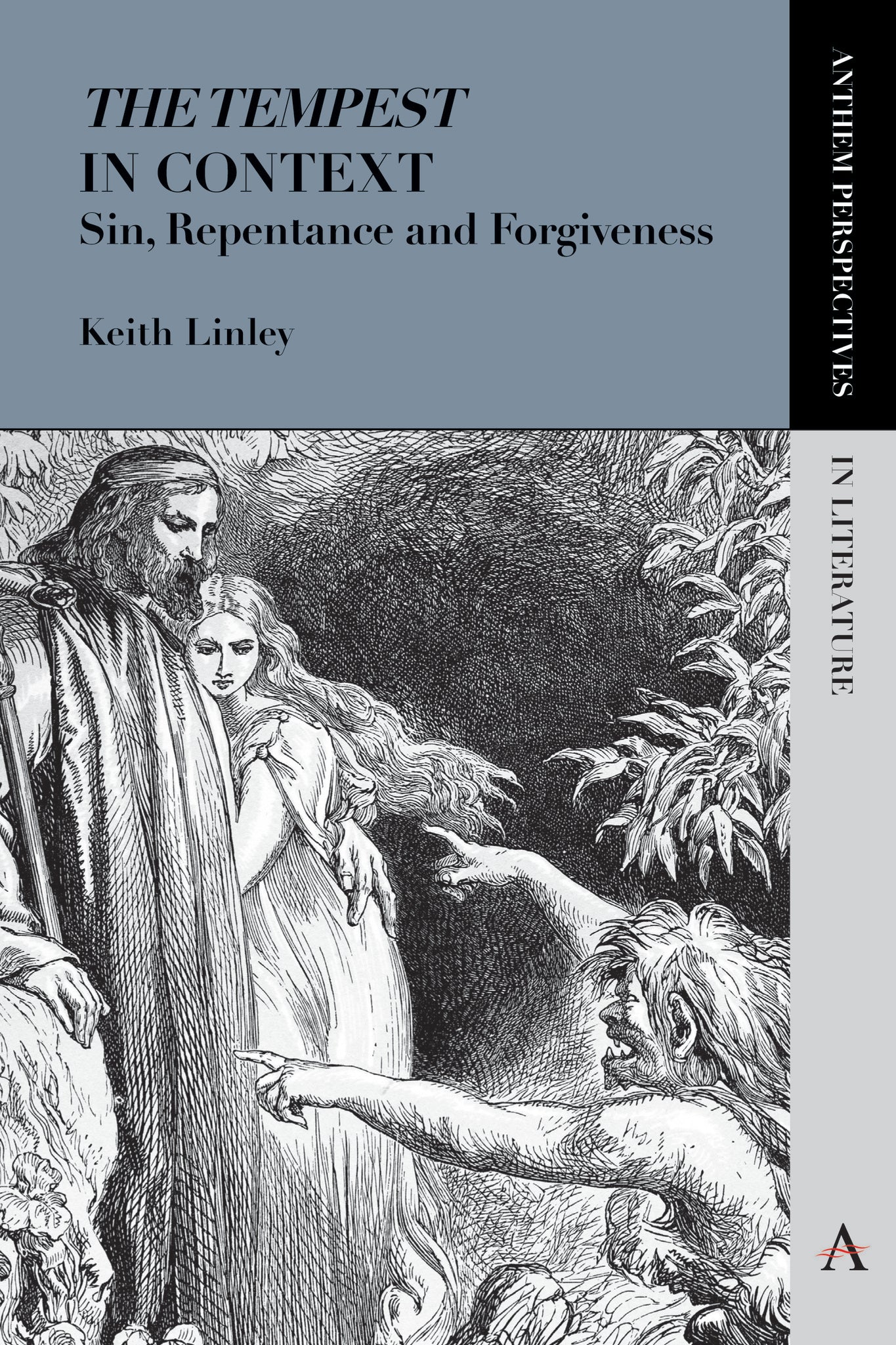We're sorry. An error has occurred
Please cancel or retry.
'The Tempest' in Context

Some error occured while loading the Quick View. Please close the Quick View and try reloading the page.
Couldn't load pickup availability
- Format:
-
15 February 2015

This engaging book provides detailed in-depth discussion of the various influences that an audience in 1611 would have brought to interpreting ‘The Tempest’. How did people think about the world, about God, about sin, about kings, about civilized conduct? Learn about the social hierarchy, gender relationships, parenting and family dynamics, court corruption, class tensions, the concept of tragi-comedy – and all the subversions, transgressions, and oppositions that made the play an unsettling picture of a world attempting to come to terms with capitalism and colonialism while re-addressing the nature of rule.

LITERARY CRITICISM / Shakespeare, Literary studies: plays and playwrights, Literary studies: c 1600 to c 1800

‘Those wishing to develop an insight into the contextual background from which the themes in the play developed need look no further. Although scholarly in approach, the guide avoids dry and confusing language, using an easy and informative style that will easily engage a range of readers. This guide will help students of Shakespeare manipulate themes and take a contextual overview, and will quickly become a resource for revision and essay practice. Whetting the appetite for further reading, it uses cross reference to other plays to develop an appreciation of Shakespeare’s other works and mind-set. This dynamic, contextual guide will surely become an essential study companion for students and teachers alike.’ —Jill Leese, secondary English teacher and team leader with leading UK examinations board
Introduction; Prologue; 1. The Historical Context: An Overview; 2. The Elizabethan World Order: From Divinity to Dust; 3. Sin, Death and the Prince of Darkness; 4. The Seven Cardinal Virtues; 5. Kingship; 6. Patriarchy, Family Authority and Gender Relationships; 7. Man in His Place; 8. Images of Disorder: The Religious Context; 9. The Context of Education: Nature versus Nurture; 10. The Contemporary Political Context; 11. Enchantment: The Context of Magic; 12. The Context of Colonialism and Cannibals: Theft or Duty?; 13. Literary Context; 14. Tender Patriarch or Tyrant? The Limits of Authority; 15. The Moral Context: Sins, Virtues and Transgressions; Notes; Bibliography; Index



